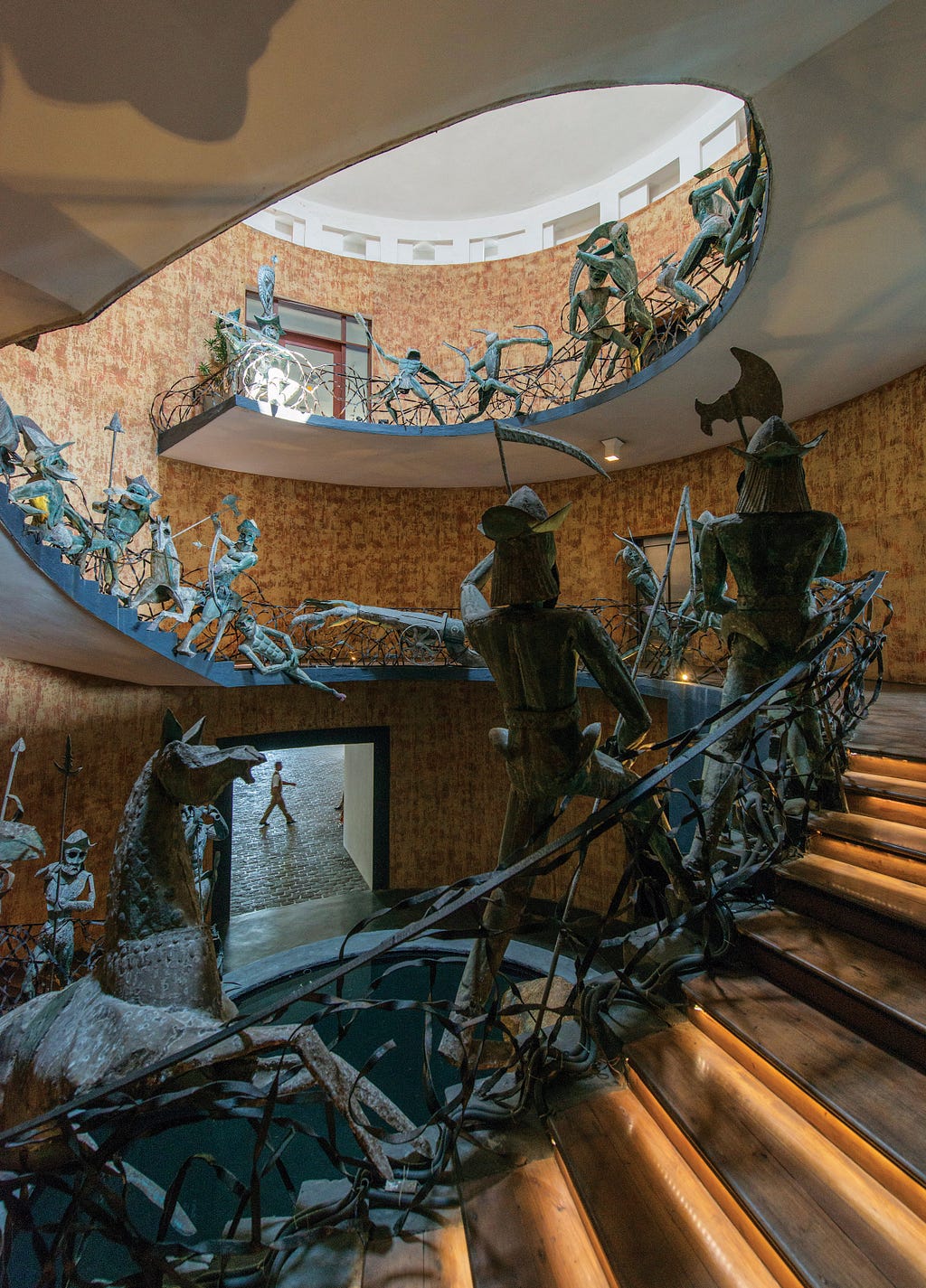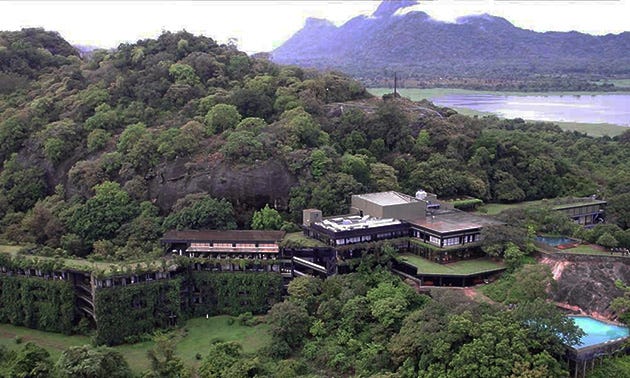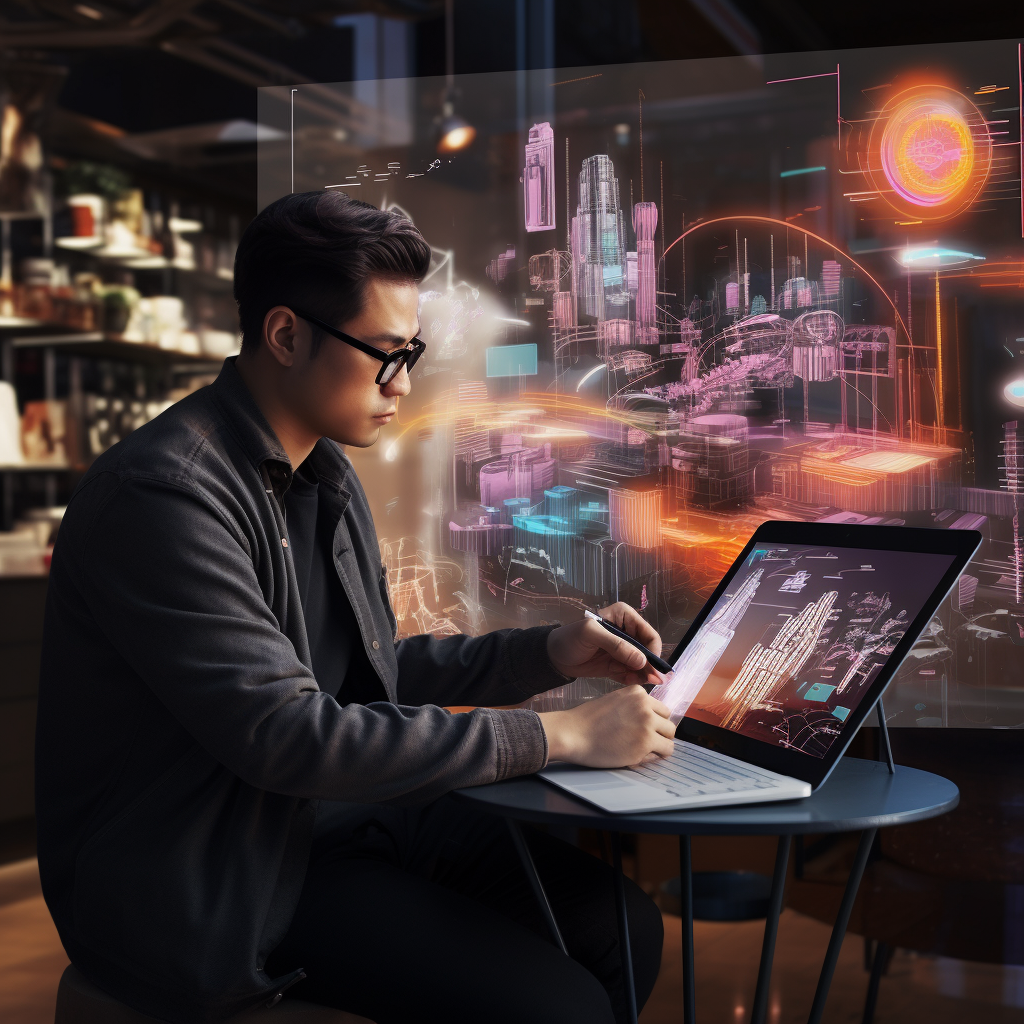Acting on Jakob Nielsen’s stunning prediction of AI being the future of UX
Geoffrey Bawa, from a UX designer’s point of view.

My love for architecture and my habit of seeking inspiration from different industries and fields of studies other than my industry made me explore the creations and personality of great Sri Lankan architect Geoffrey Bawa. While I am still at the beginning of exploring this great creator and his work, watching the documentary The Genius of the Place really made me want to write about what user experience designers in the digital world can learn from this brilliant user experience designer in the real world.
Spoiler Alert: This article contains spoilers of the documentary. If you haven’t watched it yet, save this to read later. 🙂
https://medium.com/media/5e937e9b7f4b76740ff1553faabf147f/href
I was watching the documentary in awe of the process of creating experiences in the real world. I fell in love with what I saw a little too much and to be honest, at times it almost made me question the passion and pride I have about what I do. However, the documentary left no regrets about not being an experience designer in the real world but in the digital world as I realized the bigger picture towards the end of the documentary.
Here’s why I think Geoffrey Bawa is a brilliant experience designer:
1. Empathy was at the heart of Bawa’s creations.
Bawa is known for not repeating his designs. The reason behind that could be he always pays attention to the environment and empathizes with the surroundings and the community. As a result, he was able to create unique experiences. He never tried to force Western modernist architecture into Sri Lanka. Instead, he studied the elements of Sri Lankan traditional architecture and combined them with what he had learned. One well-known example as highlighted in the documentary is the usage of courtyards which was a prominent feature in Sri Lankan traditional architecture, blurring the line between inside and outside.

In the world of digital user experience design, we all know that empathizing plays a huge role. As I see it, empathy is what makes the design a deciding factor in the success of a digital product. We have certain guidelines, patterns, and laws but we will never be able to deliver the best experience if we cage ourselves to a template and think there’s a solution that fits for all. Without research and analysis, you will be building things just for yourself.
2. He was brave in making creative decisions that would lead to innovation.
Even though Bawa had great empathy, he seemed to be holding his ground when it came to creativity and his vision for a certain project. In the documentary, an incident was mentioned where Bawa got frustrated when he witnessed that the lighthouse hotel had music playing for their guests and he asked to get rid of the manager who did so. The architectural design of the hotel was done in a way that the sound of the ocean and surrounding nature could soothe the guests. So, in his words, the manager “Did not understand the hotel”. Similarly, he had shown perseverance when many objections arose while building the hotel Kandalama.
This quality stood out for me because oftentimes times I see designers leaving the design 100% to be in the hands of the research outcome. If it was meant to depend 100% on research, anyone who isn’t a designer could have done it. I believe an experience designer should be creative enough to come up with creative solutions to the problems identified during the research.
“Some people say, “Give the customers what they want.” But that’s not my approach. Our job is to figure out what they’re going to want before they do. I think Henry Ford once said, “If I’d asked customers what they wanted, they would have told me, ‘A faster horse!’” People don’t know what they want until you show it to them. That’s why I never rely on market research. Our task is to read things that are not yet on the page.”
— Steve Jobs
If Bawa just empathized and listened to his clients, he wouldn’t have done all this wonderful work. The willingness to fight for new ideas, have difficult conversations and the bravery to take risks are the things that help you do something great and also not to be a mere tool or a victim of a “client from hell” as we say it. There’s a certain belief that creative people are often the calm and peaceful ones who would take a back seat, won’t compete, and are harmless. It’s completely wrong and do not try to fit into that narrative. If you look at the story of Bawa or any other successful creator, designer, or innovator they have been assertive and stood up for their ideas when needed. Be brave and believe in your vision when you are in the creative process.
3. Bawa had a great team of collaborators.
I appreciated the fact that the documentary revealed some of the great team of collaborators Bawa had who deserve each of their own documentaries. The greatest creations always come from great collaborations. While Bawa was the visionary who designed the architecture and overall experience of a place, great artists/creators such as Laki Senanayake and Barbara Sansoni have gone above and beyond in delivering what was needed to make that vision a reality.
In the digital world of experience design, it’s the same. Your team ultimately decides whether your vision is going to become a success or not. When it comes to great collaborations, it’s important to identify the strengths and weaknesses of your team and utilize them. It’s more important to give people credit where they deserve and appreciate and believe in their expertise. Just like how Bawa gave total freedom to his collaborators to come up with their own creations to complete his vision and believed in them.

4. He saw beyond the completion of projects.
In the documentary, another incident was mentioned where Bawa visits the hotel Kandalama 6–8 years after building it and starts crying while looking out of a window at the hotel. Turns out it was after seeing that the little trees that he planted had then grown into a little jungle, making his vision come true. Kandalama is a beautiful hotel that’s perfectly blended in with nature but at the beginning of the project, it had been difficult to make everyone understand or see the vision Bawa had for it. Apparently, he had to paint it black and green at first and some even called it “apartments in the jungle” before it perfectly blended with nature.

Hearing that part of the documentary, made me a little sad thinking that we are often unable to come back to the digital experiences we designed years ago because it's always changing due to the rapid changes in technology and trends. For a few seconds, I felt that architectural creations are something that stays forever and the creators of them are lucky because they can come back and feel the satisfaction of their creation. but I was corrected by what I heard next. In Bawa’s mind, the timeline he imagined did not end on the day that they finished building it. He had imagined the entire timeline of the hotel, including the day that nature will one day claim it, leopards will live in its corridors and it will become one of the greatest ruins after thousands of years similar to Sigiriya or any other ancient ruins we find today. It’s amazing how he has let go of his creation within the process and how he has done it in a sustainable, eco-friendly way in a time when those goals did not really exist. I think he did not need those buzzwords because it came naturally to him as he cared so much about nature.
This reminded me of a quote that I have kept closer to me since the first project I did and got very attached to. I had to learn how to let go of the designs I do, as they are not my babies once we release them to the world.
“These products are always changing, everything that I’ve designed in my career is pretty much gone, and everything that I will design will fade away. But here’s what remains: the never-ending thrill of being a part of something that is so big, you can hardly get your head around it, and the promise that it just might change the world.”
— Margaret Gould Stewart Vice President Product Design — Facebook
5. Geoffrey Bawa did not design just buildings, he created experiences.

The intentionality he had about how the sound of the ocean would be natural music to the guests of the hotel, how the ambiance of rooms would change based on the time of the day and the rays of sunlight, and how the attires of hotel staff should be designed and their choices of colors are just proof that he did not just design buildings. He designed experiences. Hence I prefer to call him a brilliant experience designer than just calling him an architect.
A bonus point:
Geoffrey Bawa seemed to have poured all the love and passion he had into the experiences he created. Some of his staff members had said that he treated his property Lunuganga as if it was his wife. In a world where everyone is constantly pushed to chase some life-check list by everyone, what a great way to live by giving all your love to the creations you do which leaves things a little (or a lot) better than you found them. ❤️
References:
Geoffrey Bawa Trust: https://geoffreybawa.com/
The documentary: https://thegeniusoftheplace.com/
Ten staircases designed by Sri Lankan modernist Geoffrey Bawa
Artisan Laki Senanayake: https://lakisenanayake.com/
Barbara Sansoni — Sri Lankan designer, artist, colourist, entrepreneur, and writer: https://en.wikipedia.org/wiki/Barbara_Sansoni
What UX designers can learn from Sri Lanka’s premier architect was originally published in UX Collective on Medium, where people are continuing the conversation by highlighting and responding to this story.


Leave a Reply